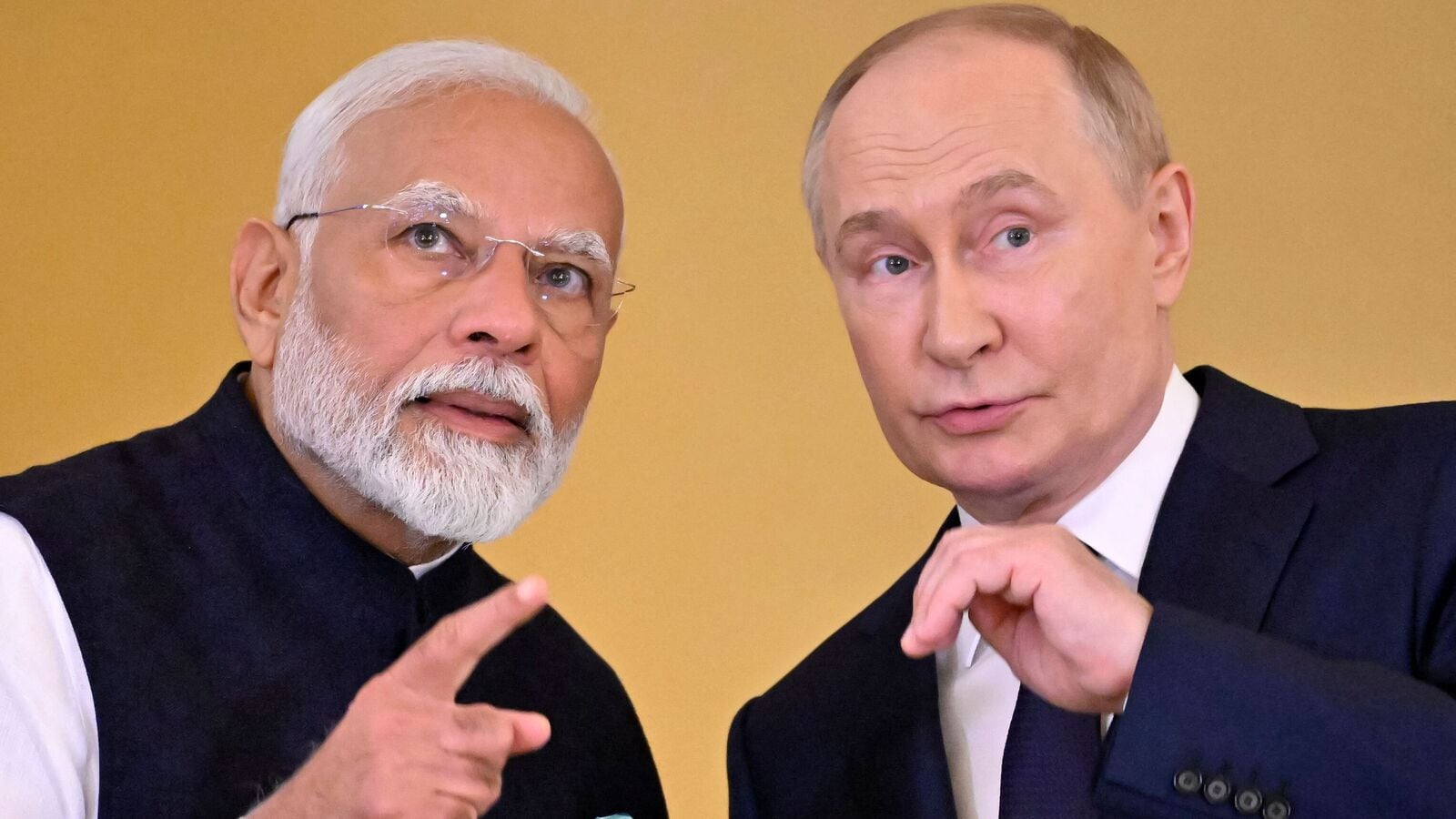
Prime Minister Narendra Modi closed a two-day visit to Russia on 9 July. Mint looks at the key outcomes from the visit that came amid the Ukraine war and a growing divide between Western countries on the one hand China and Russia on the other.
What were the highlights of the visit?
The diplomatic tightrope walk was unmissable. During bilateral talks on 9 July, Modi prefaced his remarks by addressing President Vladimir Putin as “friend” and spoke warmly about the depth India-Russia ties had acquired over the decades. Modi recalled Russia’s help in ensuring cheap fuel and fertilizer supplies for India in the midst of shortages caused by the Ukraine conflict. However, he also addressed the Russian missile strike on Kyiv hospital that killed four children. “Whether it is war, conflict or a terrorist attack, any person who believes in humanity is pained at the loss of lives,” Modi said.
What were the major bilateral outcomes?
There were detailed talks on expanding and broad-basing trade. Trade between the two nations is heavily skewed in Russia’s favour with most the $60 billion worth of commerce taken up by Indian purchases of Russian oil. Both leaders stressed that India must increase exports to Russia by strengthening industrial cooperation, and forging new technological and investment partnerships, especially in advanced high-technology areas, a joint statement said. The two scaled up their bilateral trade target to $100 billion by 2030, having already achieved the 2025 target of $30 billion.
What were the areas in which pacts were signed?
Nine agreements were signed. These included accords on facilitating Russian private investment in India, boosting bilateral trade and investment, and increasing trade and joint investment projects between India and the mineral-rich Far East region of Russia. There was also a pact to boost cooperation in the study of polar environments and logistics.
What about defence cooperation?
Defence has long been a jet part of the India-Russia partnership. To ensure there are no delays in the supply of critical spares for the Indian defence forces, India and Russia have agreed to encourage joint ventures to make parts for the maintenance of Russian-origin arms and defence equipment in India through transfer of technology. Joint venture firms created as a result would also export military hardware to ‘mutually friendly’ countries once both India and Russia give their consent.
What did the world make of Modi’s visit?
US State Department spokesman Matthew Miller said Washington was “quite clear” about concerns over the India-Russia relationship. These had been raised with India, he said. This comes as the US hosts a key North Atlantic Treaty Organization summit marking 75 years of its existence. The US said NATO will give Ukraine new air defence systems to counter Russia. The US, Germany and Romania will also dispatch batteries for the Patriot air defence system.





